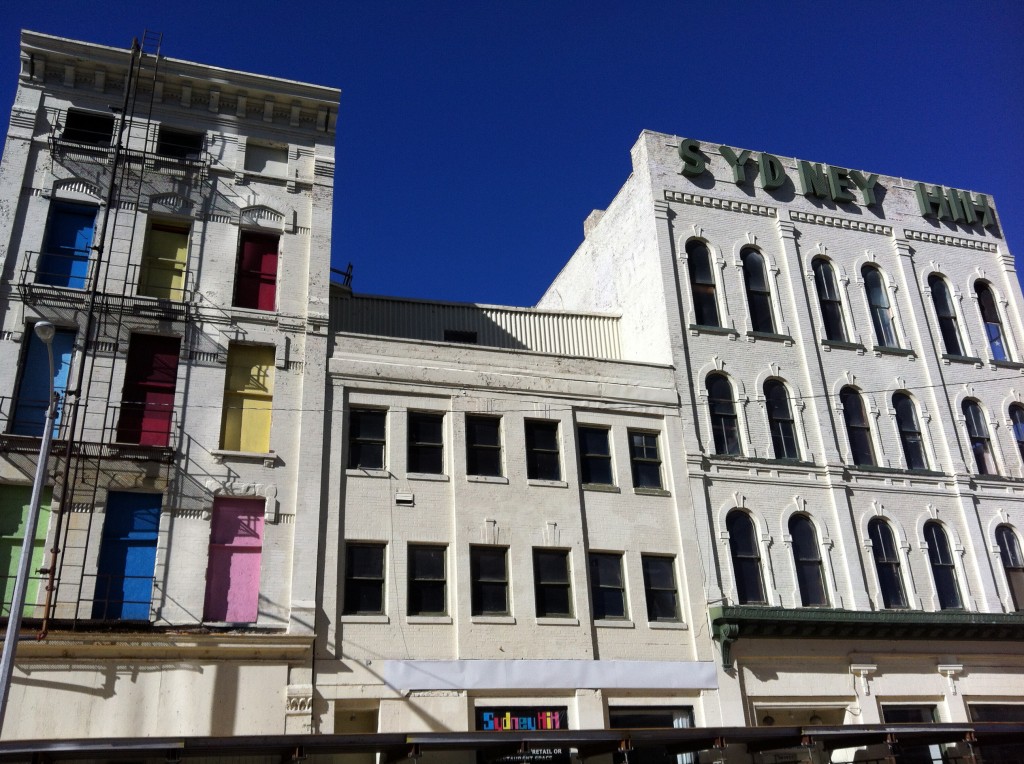
Sydney Hih in downtown Milwaukee, soon to be torn down.
Last Wednesday night, the Milwaukee chapter of the Media Communication Association – International (MCA-I) hosted the 4th Annual Student Video Cirque at Marquette University.
I was about a half hour late because of two things: Sydney Hih and I forgot my lipstick.
I’d decided to walk the three miles to Marquette from our place on the East Side and catch a ride back home with my husband John, who was in class at the law school that night. About four blocks from home I realized I forgot my lipstick. I turned back. Yes, I am superficial like that.
As I crossed the bridge to Old World Third Street, I saw the Sydney Hih building down the Milwaukee River, for the first time. Friends had been talking about it on Facebook, and I wanted to take some pictures. “How long would it take?” I thought.
Sydney Hih fascinates me, one, because of that “Hih.” Nobody seems to know what it means, but say it’s pronounced “high.” It also fascinates me because the building – which in the 1970s, 80s, and into the 90s was home to artists, musicians, shops, record stores, restaurants (including a Thai restaurant that served “Fried Holy Basil”), and a much-beloved nightclub, The Unicorn – is being torn down within a month. And I know a lot of Milwaukeeans who are very sad about it.
The building butted up against I-145; window panels are painted bright colors and “Sydney Hih,” all in caps and rather erratically spaced, wraps around two sides of the building at the top. Today, I-145 is gone (torn down ten years ago) and scaffolding is being built around Sydney Hih as we speak. It won’t be long before it is gone too.
I’m from Cleveland originally and didn’t move to Milwaukee until 1997, so was never inside Sydney Hih. But I understand the heartbreak. We Clevelanders still rue the loss of the original Agora. Pirate’s Cove. The Big Egg.
I got my shots of Sydney Hih and arrived at Marquette later than I’d planned but not too late. Some of the students were very nicely dressed, a few girls had their hair up. They were enrolled in video production and film programs at three universities in Milwaukee, and this was a big night. The lights came down, film began to roll.
It didn’t occur to me until halfway through that I have a blog now, and if I want to blog about this, I better get out the notebook. There were 20 films and videos; some entire programs were three minutes in length; others were three-minute clips from longer programs. Each school played to its strength: University of Wisconsin – Milwaukee, film/drama; Marquette, television; and Milwaukee Area Technical College, documentary. After each viewing, the student who produced it (and in many cases, wrote, directed, and acted in it) stood in front of a panel of three judges.
Each student received immediate feedback from the judges – professionals with years of experience in shooting, writing, directing, lighting, producing, film, video, and broadcast. For the most part, the students were gracious, and smiled and said thank you even when the criticism wasn’t exactly warranted.
“I think what you want to do,” said one judge, “is arrive at some kind of resolution by the program’s end. A sort of happy ending is always good.”
“I’m a huge fan of open-ended,” I whispered to Patrik, the animator sitting next to me.
“Well, the story did sort of end the same way it started,” he said back.
Yeah, but that’s the way some stories go. Characters can start out one way and go through a whole lot, and then, either because they’re afraid or someone got in the way or they go back to their crumb-bum spouses, they’re back where they started. I’ve read some very good stories that happen like this. They’re sad. I like them.
A student named Rachel from UWM showed a short drama about the Haiti earthquake. She used b-roll from the BBC, reenacted things like hands underneath rubble, pools of blood, furniture tipping over, and did her own soundtrack, which consisted of cries and screams layered over a child softly and sweetly singing the Haitian national anthem. When the lights came up, I put on my glasses to hide the fact that I was still crying.
The judges liked Rachel’s film, a great deal. With every entry that was shown after hers, I gauged what the judges were saying and if she could stay on top. By the end of the competition, I thought she still might be.
Things ran late and I had to leave before the awards were presented to catch my ride home. I grabbed my bag, put on my coat, then slipped into the row behind us, where Rachel was sitting.
“I can’t stay for the end and I wanted to tell you before I go that I really loved your film,” I told her.
“Thank you,” she said.
“I started crying right after it started and cried the whole way through,” I said. “It touched me deep inside. I just wanted to thank you for that.”
Rachel straightened in her chair and put her hand to her mouth. “It means so much to me that you’re telling me this,” she said. “Out of everything I wanted to accomplish, that is what I wanted most.”
We hugged, there in the dark. “I wish you all the best,” I said.
The next day I found out who won. Rachel was not one of them. But the winners were brilliant and deserving: Tony Hunt, UWM, took first place; second place went to James Gale, MATC; third place was shared by three students/two programs: Marquette’s Andrew Frede and Lauren Stolz, and MATC’s Morgan Smith-Kauphusman.
Congratulations to all the winners. And to Rachel. It was a kick-ass, inspiring night. At the 5th Annual Student Video Cirque, I want to talk to more of you.
For more on the history of Sydney Hih, visit Razed in Milwaukee. Or follow two shooters as they take a look inside at Fading Nostalgia.
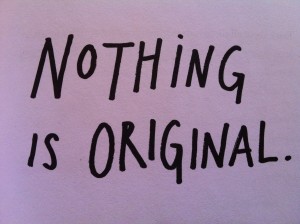 Two weeks ago we went to Boswell Book Company to see writer/artist Austin Kleon, who wrote a really nice book called Steal Like an Artist: 10 Things Nobody Told You About Being Creative, published by Workman this year.
Two weeks ago we went to Boswell Book Company to see writer/artist Austin Kleon, who wrote a really nice book called Steal Like an Artist: 10 Things Nobody Told You About Being Creative, published by Workman this year.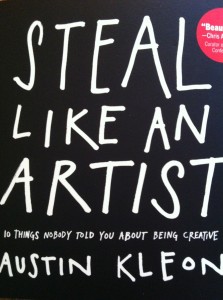 Centuries of time have passed. We in 2012 have no hope of creating anything truly original anymore. But we can take from those artists we love, and bend, twist, and shape what they do into something that reflects our voice, our aesthetic.
Centuries of time have passed. We in 2012 have no hope of creating anything truly original anymore. But we can take from those artists we love, and bend, twist, and shape what they do into something that reflects our voice, our aesthetic.
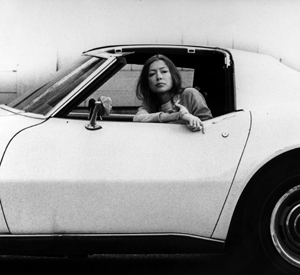
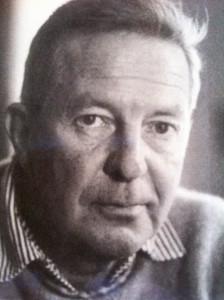
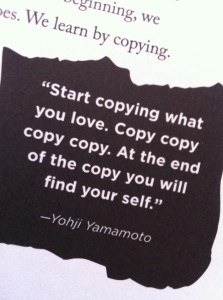

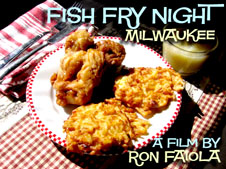



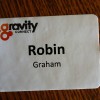
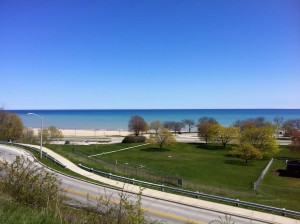
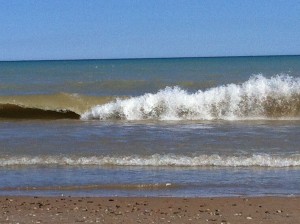
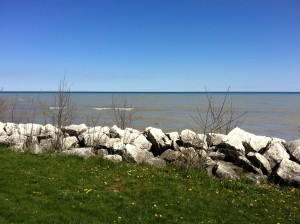

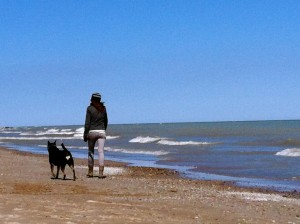
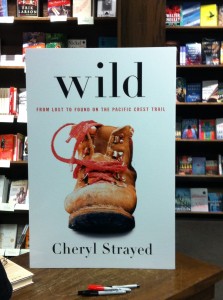


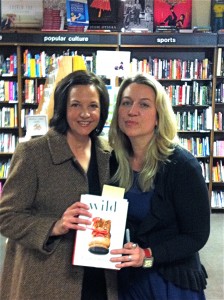
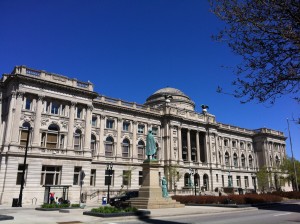
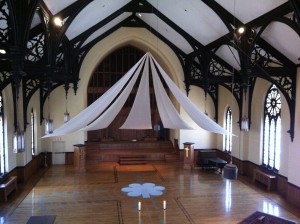





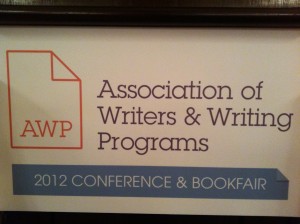
Recent Comments